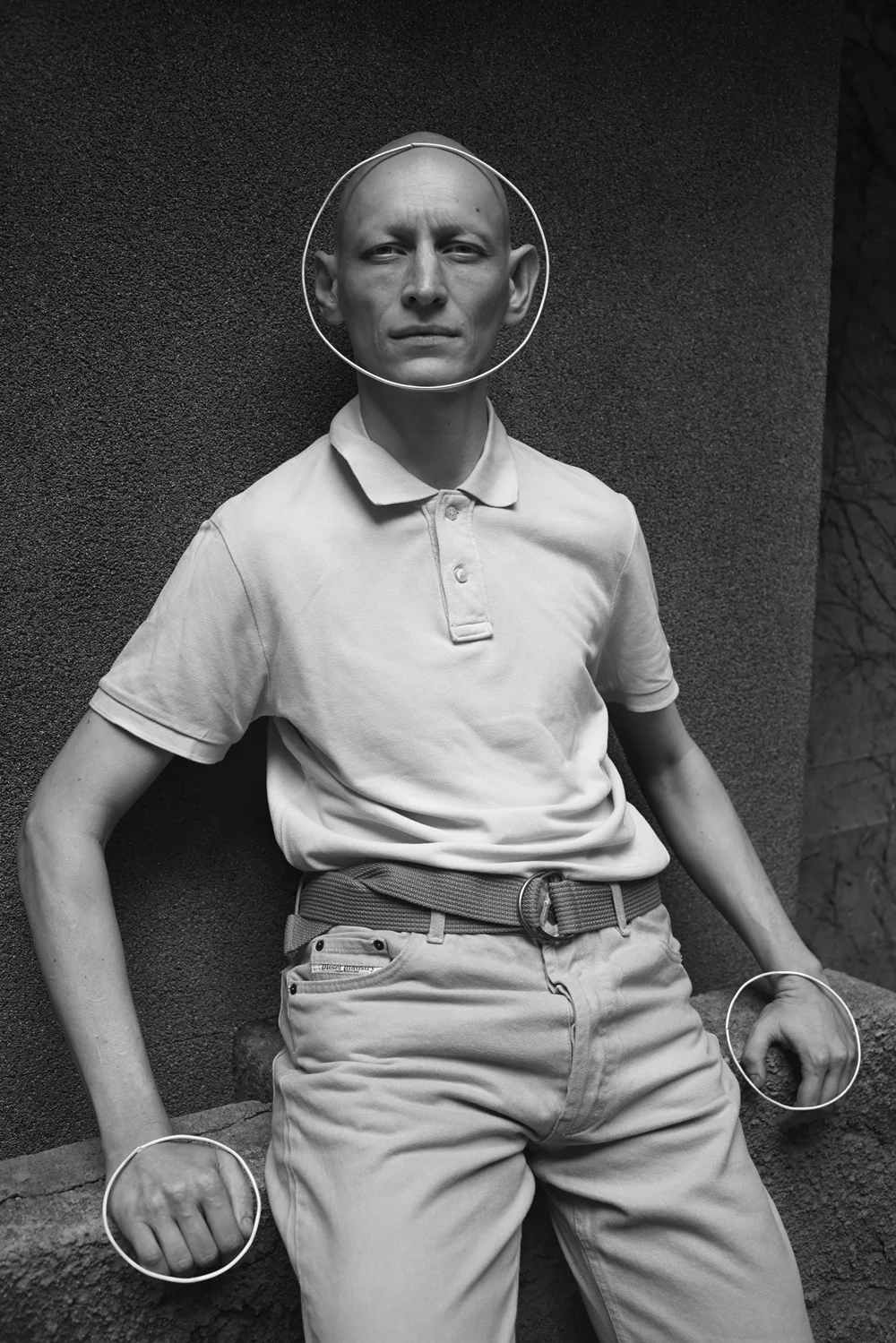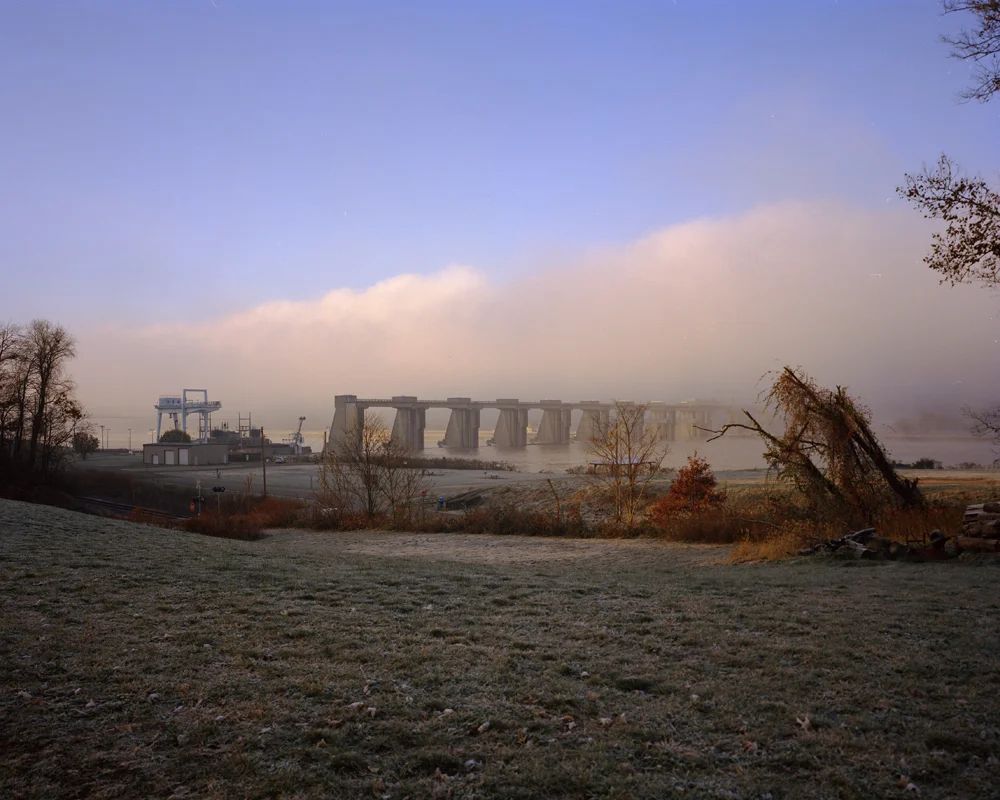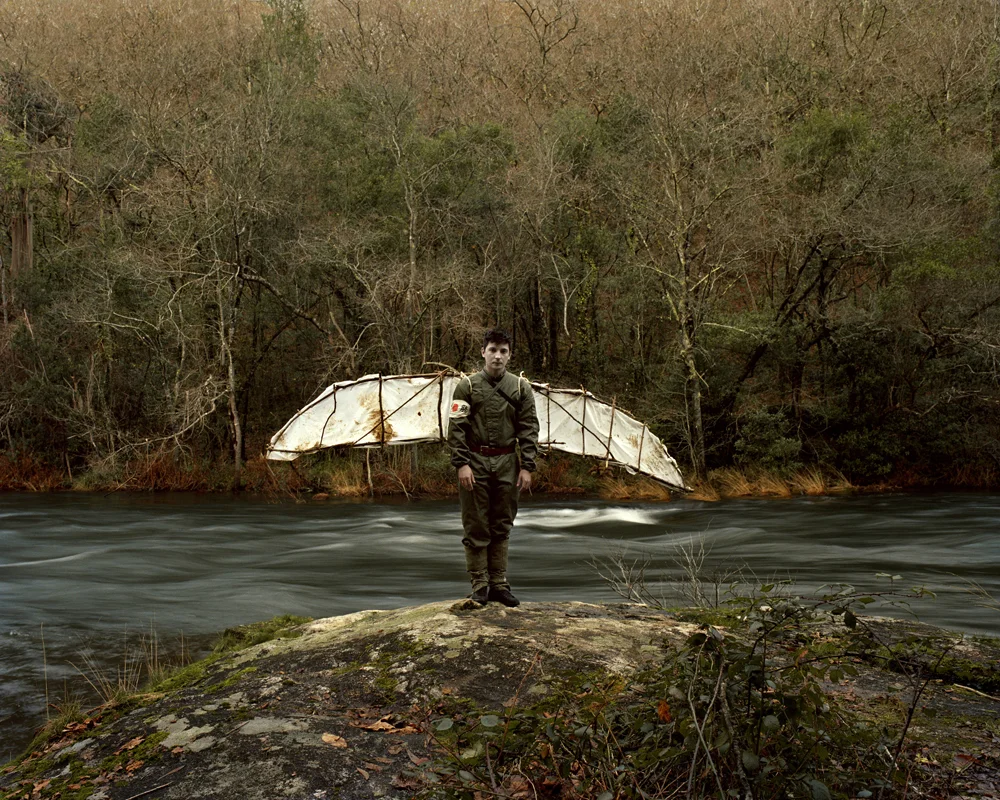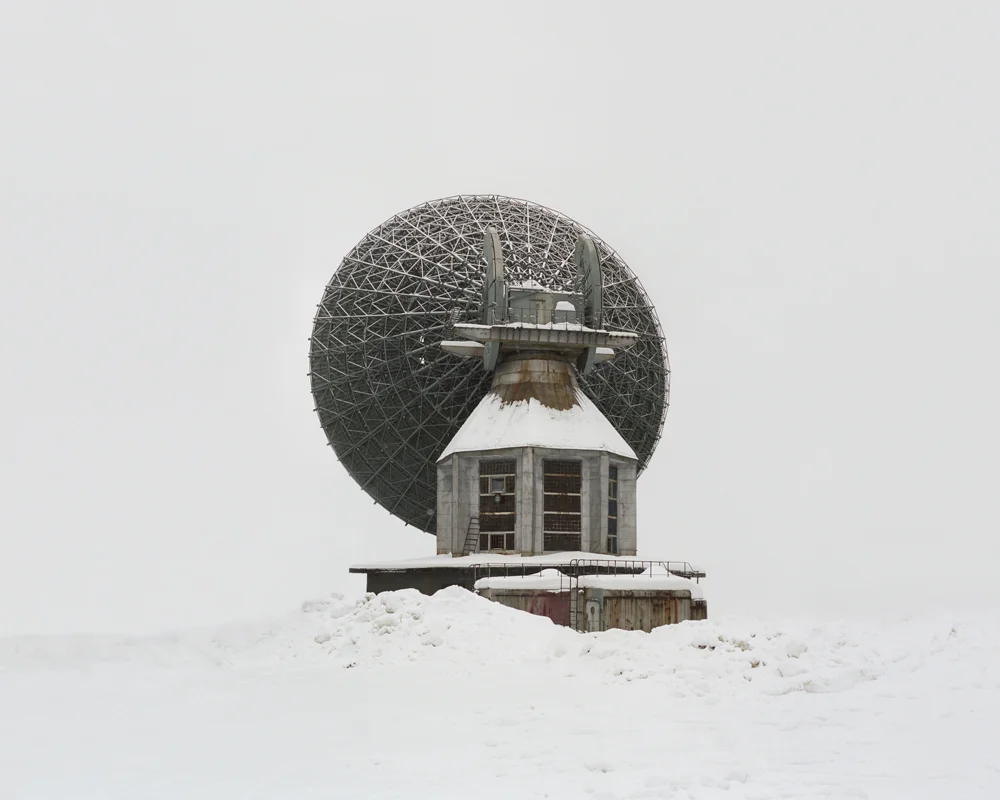Tandem 2014 © Manon Wertenbroek
For the past 6 years, Foam has consistently showcased some of the most promising new photography. Like the PDN 30, and The Museum of Modern Art's annual New Photography exhibition (both of which show a range of strong work, but haters love to hate), Foam’s editors have an uncanny eye for new voices in photography, and their annual Talent issue has been known to predict these photographers' success year after year (read about last year's issue here.) While past "Talents" have included now-household names like Alex Prager, Jessica Eaton, Lucas Blalock and Sam Falls, this year’s survey continues its showcase of inventive work ranging from Aaron Blum's calm Appalachian narratives to Sara Cwynar's cathartic mingling of still life and collage. The exhibition Foam Talent 2015 will be open at l’Atelier Néerlandais in Paris through December 20th, 2015
We reached out to Foam’s Deputy Director of Artistic Affairs, Marcel Feil to learn more about his selection process, and what really constitutes “Talent.”
Woman I from the series FLAT DEATH and other pictures © Sara Cwynar
How do you define "Talent?"
This is a difficult one, and in the last couple of Foam Magazine Talent Issues I have tried to work around this definition, because it is hard to say. A talent has the tendency to escape from proper definitions and pinpointing. In general one could say that there is a difference between ‘having a talent’ and ‘being a talent’.
Having a talent is something that exceeds the limits of age. One can have a talent for their whole life. A violin player can play something wonderful and express a huge talent this way. But being a talent is mostly related to a young, promising person. There is a potential, that is indicating something special, something of additional value.
So ‘being a talent’, is most of the time, a young promising artist that has already expressed the potential and the promise of being someone that really adds something to the existing choir of voices. Being a talent is also defined by context. You can be a talent within a Western context, but not in an Asian context. You can be a talent, because there is, say a certain Chinese history of making images, and that talent might not be recognized by someone in the US. So the appreciation and the label of a talent is very much defined by culture as well.
Bird Bald Book Bubble Bucket Brick Potato © Marton Perlaki
Tell me more about your selection process: what were you looking for?
We are looking for the most talented young artists around the world. For things we haven’t seen before, that fascinate us, that surprise us, something authentic, that adds something to the existing works, within the framework of contemporary photography.
We are not looking for something specific, our mind-set is not really guided, we simply go through all the work and every now and then there is something that strikes our attention, that catches our eye. And we then look at it again, twice, three times, and discuss it, set it apart. So the most important criteria we are looking for is something new, surprising, original, a real authentic voice. Not a copycat.
In heaven the darkness is quite beautiful 2011 ©Justin James Reed
What were some of your greatest challenges when selecting work for the issue?
This is simply going through the vast number of applicants. With roughly an average of 1,500 artists submitting in their work this year, all sending in the maximum of 20 images, obviously meant we had to go through roughly 30,000 images. A huge task. Because you have to look quickly but carefully. You have to make sure you are not overlooking things in the speed of the judging process. Sometimes work is quite easily screaming for attention, because the visual language is bold, and so it stands out. But sometimes work needs more context, more awareness of the intentions of the artist, sometimes you need to pay a little bit more attention and a little bit more time with the work, to have it revealed to you the full 100%.
You have to be aware of this all the time, and it is not easy, with this many images, to keep the same amount of focus and attention for each and every work. We divided the judging process in different time-slots, because after 2 hours of intensive looking, you get tired and you have to stop and take a break. We would then pick it back up the next day in a second slot, to make sure we had a proper focus and all the work got the same attention.
Rise up and you are free from the series Under Influence 2014 © Dominic Hawgood
From the vast number of submissions, what were some of the most common tropes this year?
We have done this now for many years and every year, we look at work from people under 35 years old, so you see a lot of subjects that young people are occupied with, in general. Most of the time it is the artist him or herself. A lot of young people are still looking for their own identity, they are the subject of their own work. So we see a lot of personal work, quests for identity, working with the self-image. Also we see a lot of dark work, there is a lot of Weltschmertz, dark because it’s less colorful, dark because of the content.
There is always a moody sense of grey, but this year it was even more outspoken. By looking of the work of so many artists, you get a sense of the present time and there seems to be not that much light-heartedness and joy of life, joy of making.
Also there is a lot of image making, many artists working in the studio; staging, constructing, building their own image. Whether digitally or analogue, in many various levels of interests.
Born and Raised © Aaron Blum
What excites you the most about this year's Talent, and about photography in general right now?
That’s a big question. At the moment - and this has been going on for several years - photography is in a transition period. A transition that started with the digitalization of the medium. This transition comes with a completely different set of technology, tools and instruments, and a different way of image making: image sharing, manipulation and image appreciation, and therefore the interesting thing is the changing definition of photography. What is photography? How can we define a photograph, or should we talk about photographical images, instead of a photograph.
So the idea, and the concept of an image made by means of technological intermediates, by tools, is something that has touched upon every aspect of the photographical field, whether it is the photographical practice, the image, the institutions - like Foam -, magazines, etcetera. And I think this is very interesting because the photographical image works, functions completely different compared to a generation ago. And this process is still in full swing.
Untitled Collaborative Work © Matthew Leifheit and Cynthia Talmadge
What are you tired of seeing?
Really tiring are the copy cats. When you can see that they know what is hip, trendy and ‘en vogue’, and they try to recreate this, make work in the same manner. They are simply copying. Unoriginal, completely un-authentic work. Originality and authenticity are the most important qualities. I have seen work that completely mirrors the work that we published the year before in Foam Magazine, or 2 years ago.
Vent Divin from the series Hikari 2013 © David Favrod
What's the biggest mistake photographers consistently make when submitting to Foam?
Don’t be a trend-follower. It is so tempting to follow what others do. But it is not that difficult to make a work. It is far more difficult to be original, to make something real. To set a trend. That is what we are looking for in the magazine, something that might set a trend.
How does Foam/Talent stand apart from other competitions and open-calls?
I think the huge difference is that we try to look at the whole field. We are completely open minded, everyone can submit, whether he or she is a fine artist, a young fashion photographer, black and white hardcore traditional photojournalist, somebody that works on long-lasting photo documentary projects, everyone is allowed to submit work. We try to look at all the genres with the same open mindedness, an open mindset.
An eye for talent in the whole range of photography I think sets us apart.
Current Studies 2013 © Sjoerd Knibbeler
Maldoror Chant Cinquieme 2014 © Jean Vincent
Tranquillity 2014 © Heikki Kaski
Restricted Areas © Danilla Tkachencko
-----------------
More about Foam Talent:
Every year Foam organises the Foam Talent Call to identify young and international talents. From a total of 1.208 submissions from 67 different countries in 2015, 21 photographers were selected to be featured in the annual Foam Magazine Talent Issue. The exhibition Foam Talent 2015 will be open at l’Atelier Néerlandais in Paris through December 20th, 2015. This exhibition brings together these innovative image makers under the age of 35.












